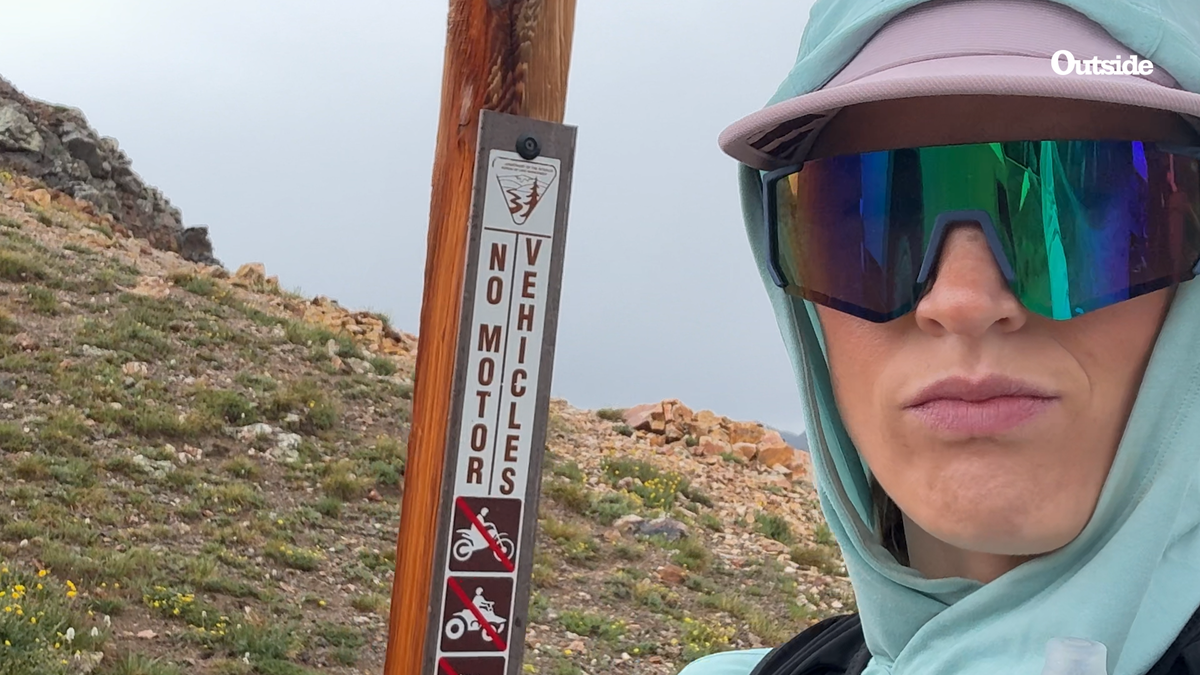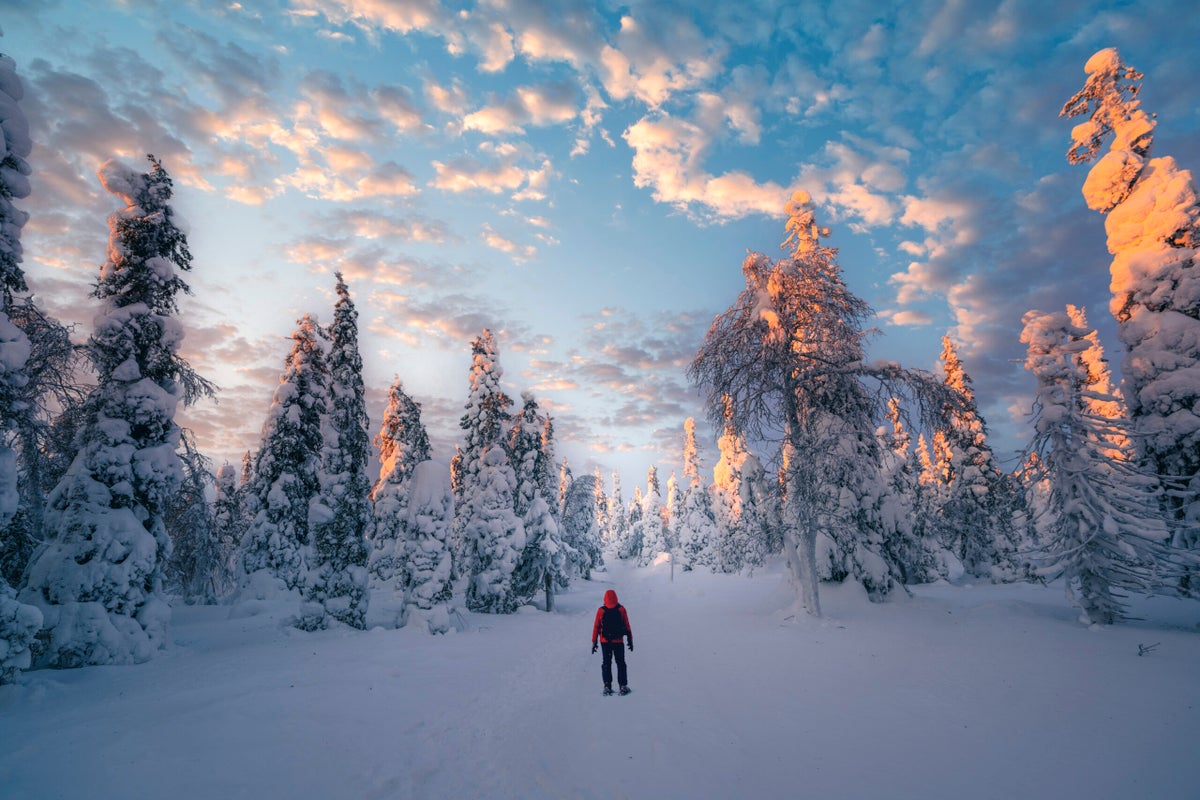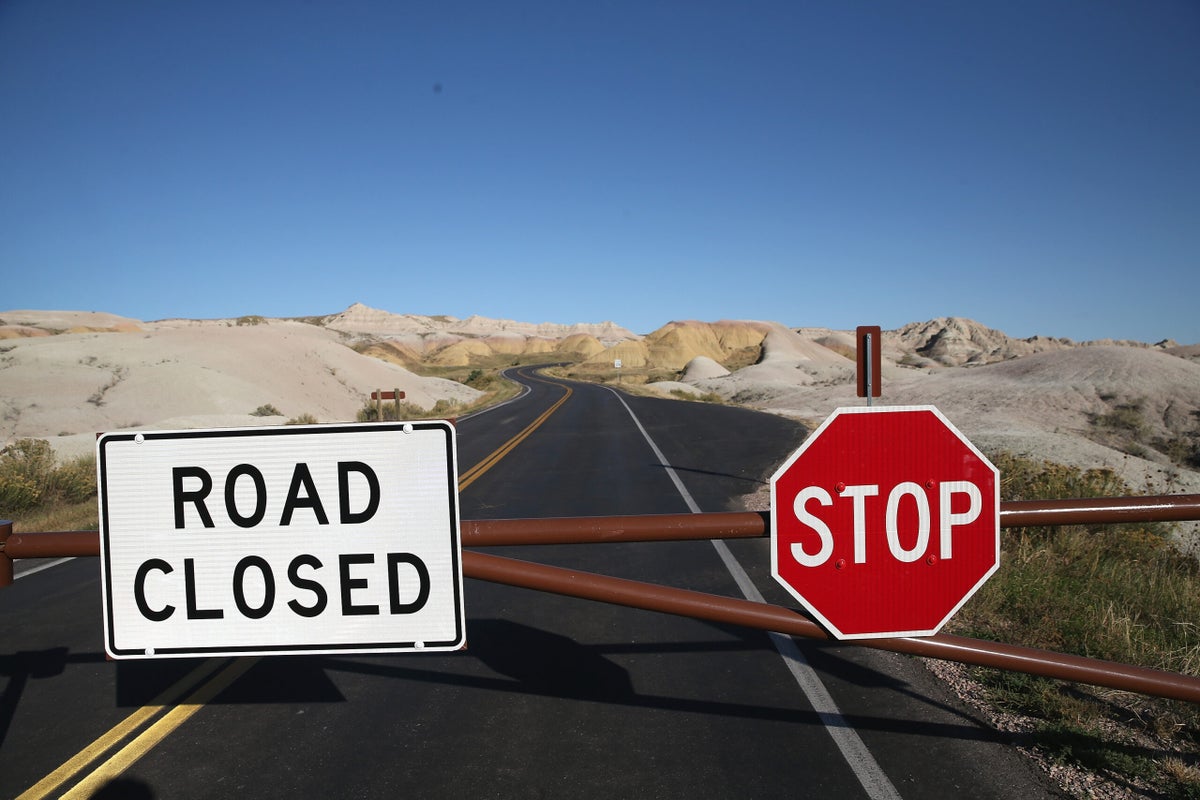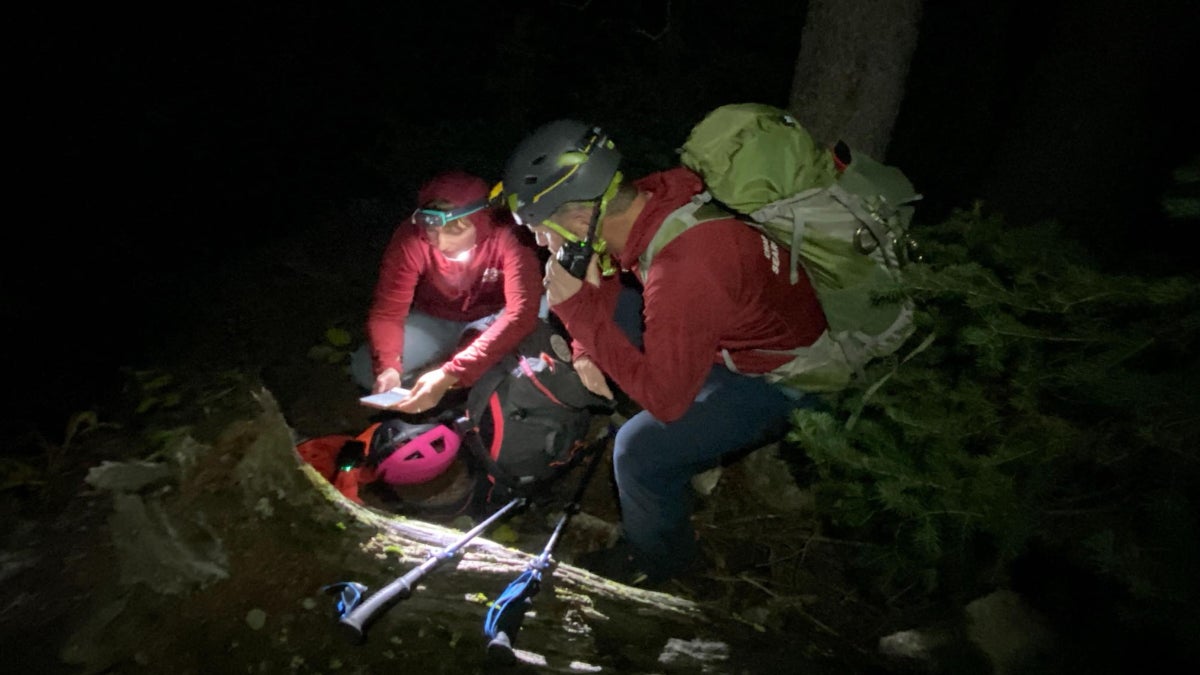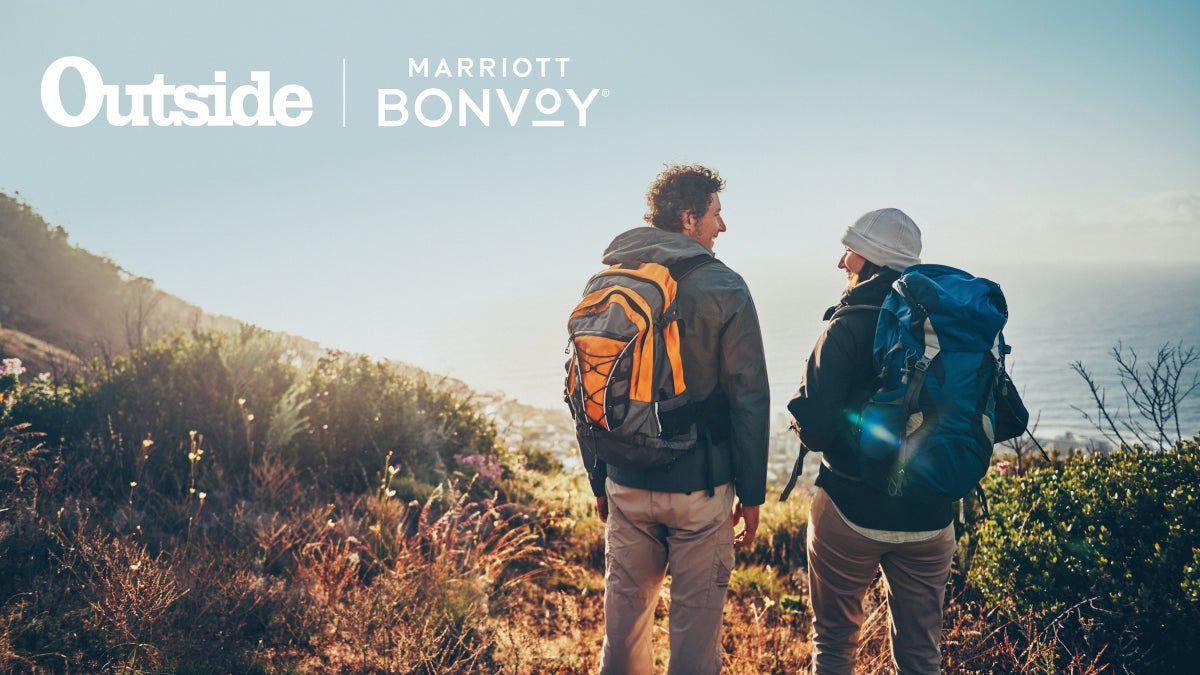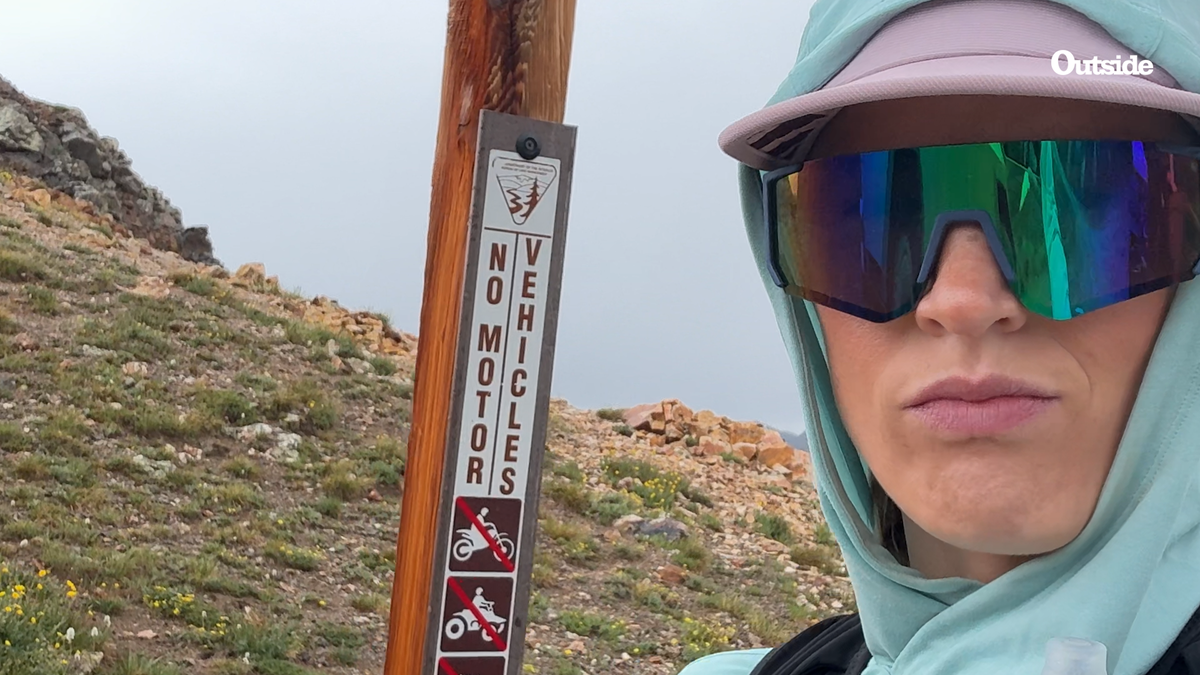
I grew up in the Midwest, far from mountains or trails, and surrounded by cornfields. I moved to Colorado in 2020. Hiking slowly crept into my life, but trail running felt intimidating. Mountains seemed untouchable, and I had no clue where to start. In late 2022, my world turned upside down when three doctors suspected cancer. That same week, I signed up for Denver’s Colfax Half-Marathon, not for speed or glory, but to focus on something ahead, a light through uncertainty. The night before surgery, I thought, “What if it really is cancer? No ovaries, no kids, no more trails, all in my twenties?”
The diagnosis was different: a grapefruit-sized tumor tied to a rare genetic condition called hereditary leiomyomatosis and renal cell cancer syndrome (HLRCC). Three months post-op and cleared by my doctor, I ran that half-marathon with friends. We celebrated with Voodoo doughnuts and hard-earned beers under the Colorado sun, and I finally got it: I loved running. By September 2023, I signed up for my first trail half-marathon, trained for a few weeks (don’t try this at home), and fell in love with singletrack.
In November 2024, I signed up for four solo 50K races. Training began in January 2025, leading to Fruita in April, Colorado Springs in May, North Fork in June, and Silverton in July. Each race tested my endurance, offered moments of solitude, and celebrated Colorado’s rugged trails. I’m Deaf, so I don’t hear the trail. I feel it in every breath, every heartbeat, every footfall, every shift of sun on the rocks.
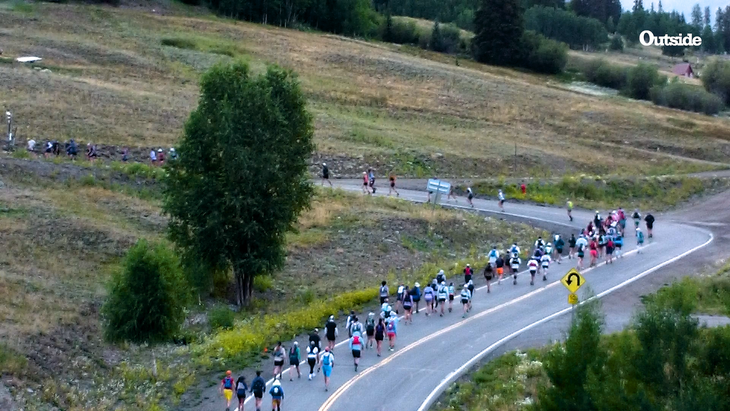
Racing While Deaf
Race days bring their own adventures, especially around accessibility. Pre-race briefings can feel like a blur of chatter and moving mouths. During one, around mile 20 of a 30-mile course, I had to DNF after rolling my ankle at mile 4. Cell service was nonexistent. Volunteers did everything they could, but I could tell I was likely the first Deaf runner they’d met—everyone froze. Typing each word on my phone, I asked them to speak for me and rally spectators to give me a ride back. Slowly, bit by bit, a few stepped in. It wasn’t perfect, but it worked. The experience made one thing crystal clear: small accessibility measures can make all the difference, ensuring everyone stays safe, included, and confident.
Here are some ways race directors could make their events more accessible to Deaf and Hard of Hearing runners.
Pre-Race Video with Captions or a Picture-in-Picture Interpreter
Many organizers assume written race packets or verbal announcements are enough. A short, visual video specifically for accessibility is unique and highly actionable.
Volunteers Trained to Check In with Deaf Runners Visually
A simple wave or gesture to signal “we see you” and “are you ready?” is subtle but impactful, emphasizing personal interaction.
Aid Crews That Know Basic ASL Signs
Most people never consider that a tiny gesture or sign could prevent confusion or safety issues mid-race.
Peer Guides or Accessibility Buddies
Offering volunteers or other runners as safety guides specifically for Deaf or athletes with disabilities is a novel idea.
Wearable Tech and Visual Alerts for Hazards or Approaching Runners
Combining tech with accessibility in trail running can help everyone stay safe.
Incorporate the Deaf Way of Applauding
Instead of clapping, waving hands in the air—this is very unique, culturally aware, and memorable.
Screens the Show Bib Numbers and Names at the Finish
While common in major road races, it’s less typical in trail racing, and specifically framing it for accessibility adds originality.
A Community Debrief or Accessibility Meet-Up
Treating post-race accessibility feedback as a community-building opportunity is both practical and rarely thought of by race organizers.
The post I’m a Deaf Trail Runner. Here’s What Races Could Do Better. appeared first on Outside Online.










